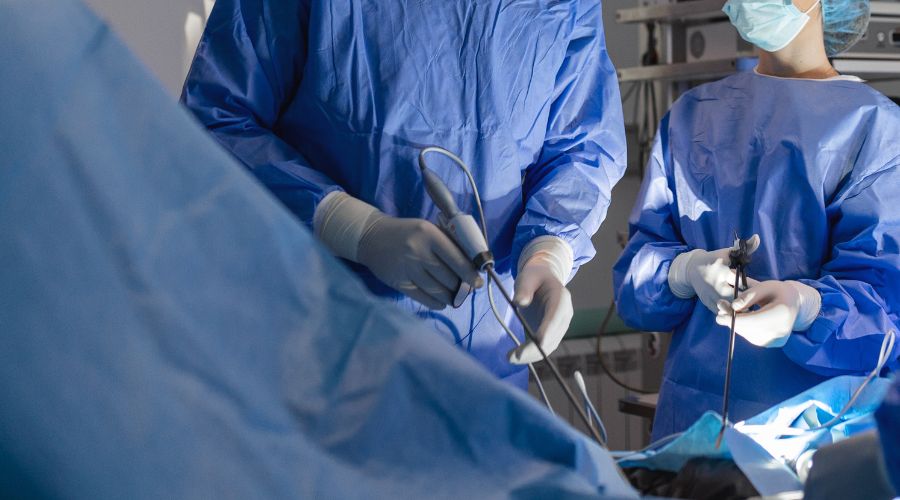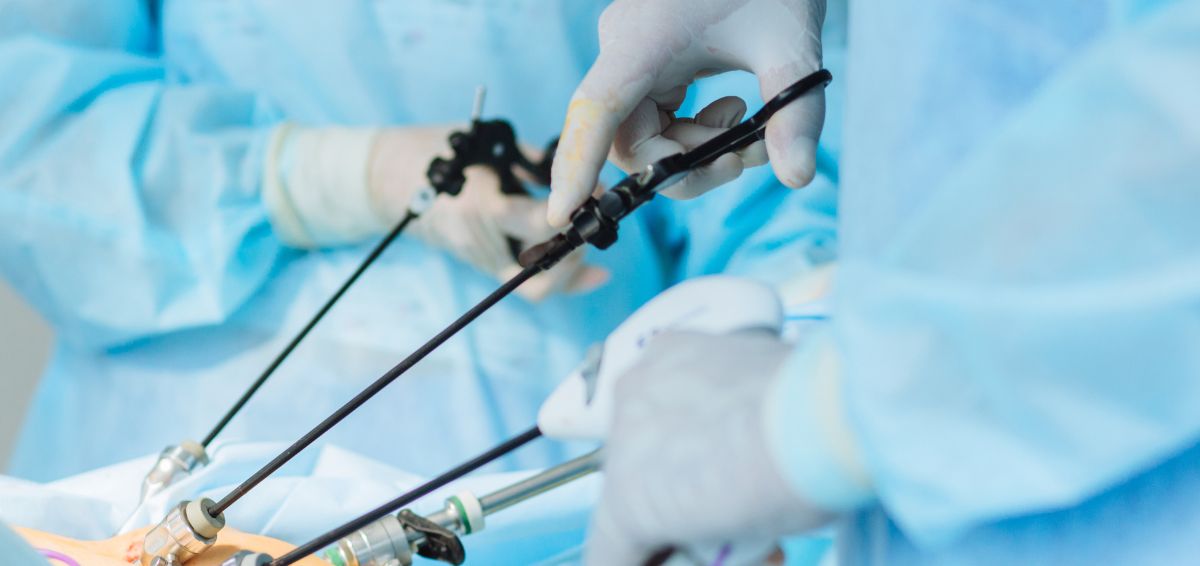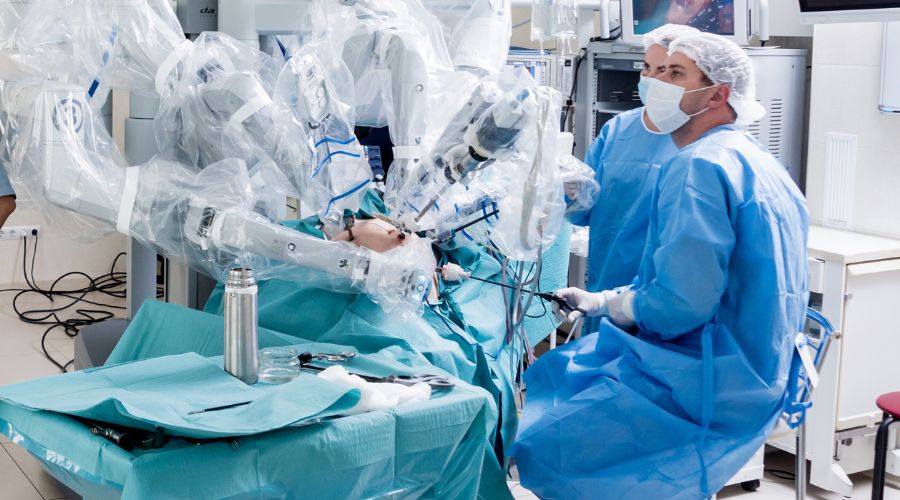The gallbladder is a small, pear-shaped organ attached to the liver in the upper right quadrant of the abdomen. The gallbladder plays a role in the digestion of food, especially fat. The liver produces bile which then mixes with food in the stomach. The gallbladder acts as a storage pouch for excess bile. It compresses to release additional bile when we eat particularly large or fatty meals. By regulating the amount of bile that enters the stomach, the gallbladder allows us to easily eat meals of varying sizes without significant gastrointestinal issues. Think of the gallbladder as a balloon – inflated before a meal and deflated right after.
However, the gallbladder can become diseased, and the most common problem associated with it is gallstones. These stones are made of hardened cholesterol and can be small or relatively large and vary in number. It is estimated that about 15% of all Americans have gallstones, but of those only about 10% experience symptomatic gallstones. Gallstones in and of themselves are not dangerous, however, when they start to block the outflow of bile, they can cause significant pain, nausea, vomiting, and general malaise. The first few gallstone attacks may be rather mild, but they typically increase in intensity, eventually leading the patient to seek medical treatment. While all abdominal pain should be evaluated by a qualified doctor or general surgeon, pain in the upper right quadrant just under the rib cage is usually a sign of gallbladder disease.




